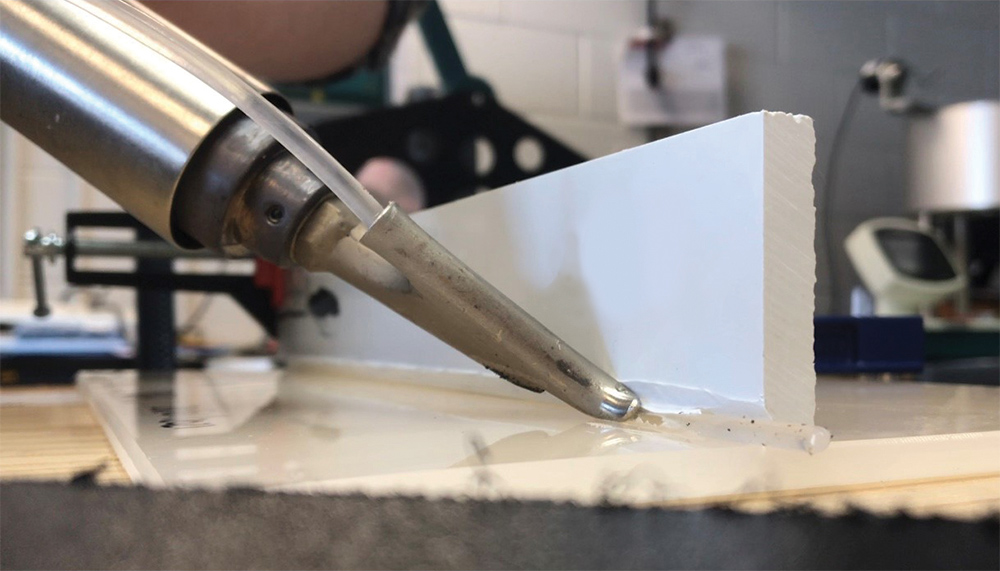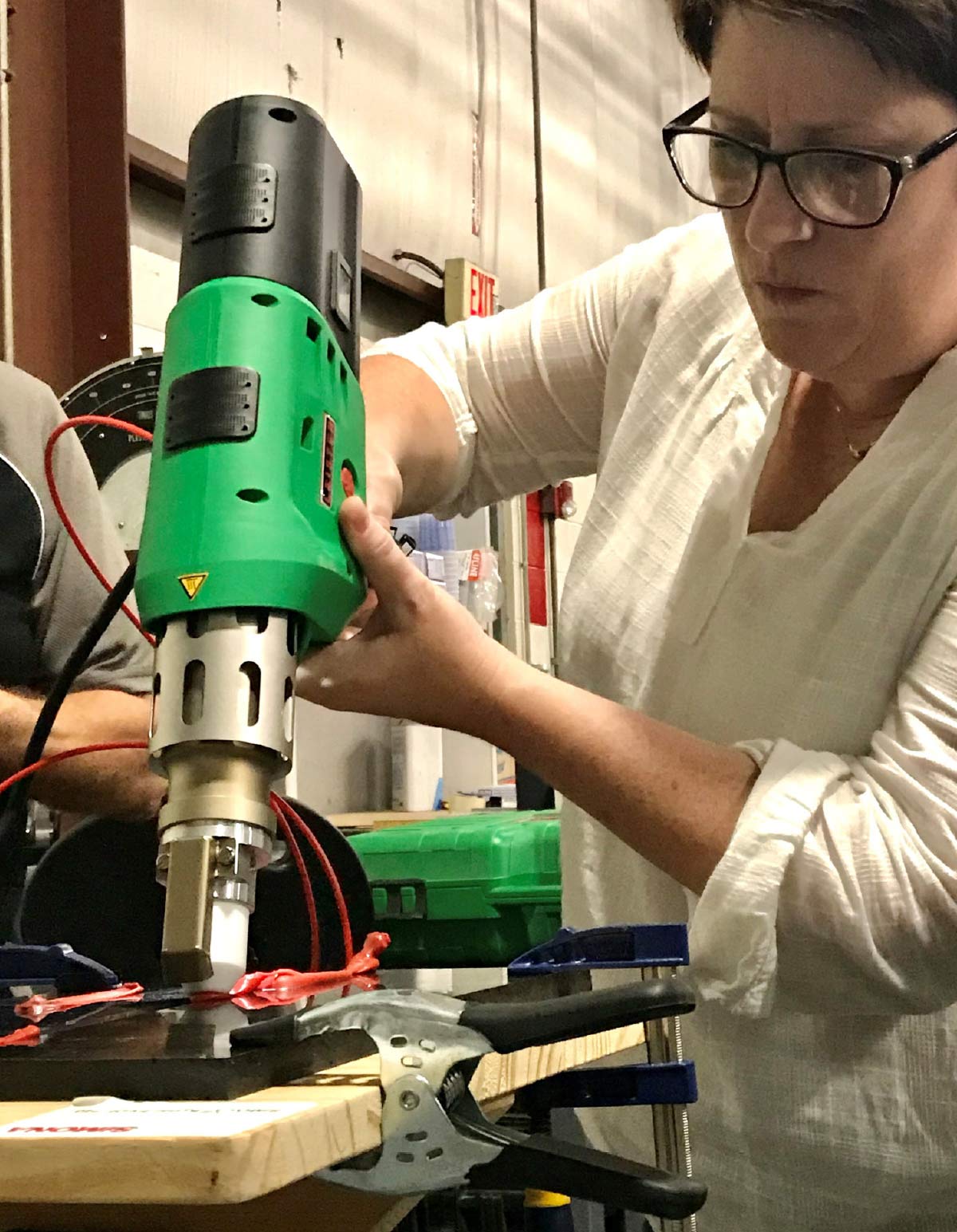lastic is one of the most versatile materials of the last century. Found in industries and countries all over the world, plastics have served a crucial role in technological advancements. Plastics are increasingly used as an alternative to metals and wood thanks to their chemical compatibility, machinability and affordability. As plastics continue to go head-to-head in previously metal-dominated markets, it is important to understand one of plastics’ often overlooked characteristics: ease of weldability.
Plastics have a rich and relatively recent industrial history, first becoming a focus in Germany during the 1930s with the invention of plastic welding and eventually becoming more common as additional types of plastics were developed in the 1960s. Many of the industry standards for the bonding and joining of thermoplastics were created in Germany. In 2000, the German Welding Society (DVS) began translating their standards into English. We have since seen an increase in plastic bonding in the United States as well, even making its way into the American Weld Society (AWS) standards committee in 2015.
Before welding, plastics were machined in manners like those used for wood. These methods focus on using metal fasteners and epoxy to join materials. Although these methods are still used today and preferred in some applications, this approach cannot be used in all applications. This is especially true in the semiconductor and chemical processing industry where those fasteners and glues can contaminate and corrode the application long before the plastic does.


Performance plastics are a staple in technological innovation and will continue to be a competitive player in material science in the future. As a result, technical organizations have begun to recognize the versatility of plastics. NACE now has a subcommittee, STG 10: Nonmetallic Materials of Construction, to emphasize the role of plastics, composites and glass and their impact in industries previously dominated by metals. ASME has formed subcommittees dedicated to standards of building and specifications within industries such as tank building, which uses plastics and metals.
The future of plastics knows no bounds. Plastics are becoming more prevalent in everyday do-it-yourself projects and will continue to carve their own path into markets in the future. Plastic welding will continue to allow the successful bonding of plastics for projects large and small all over the world.